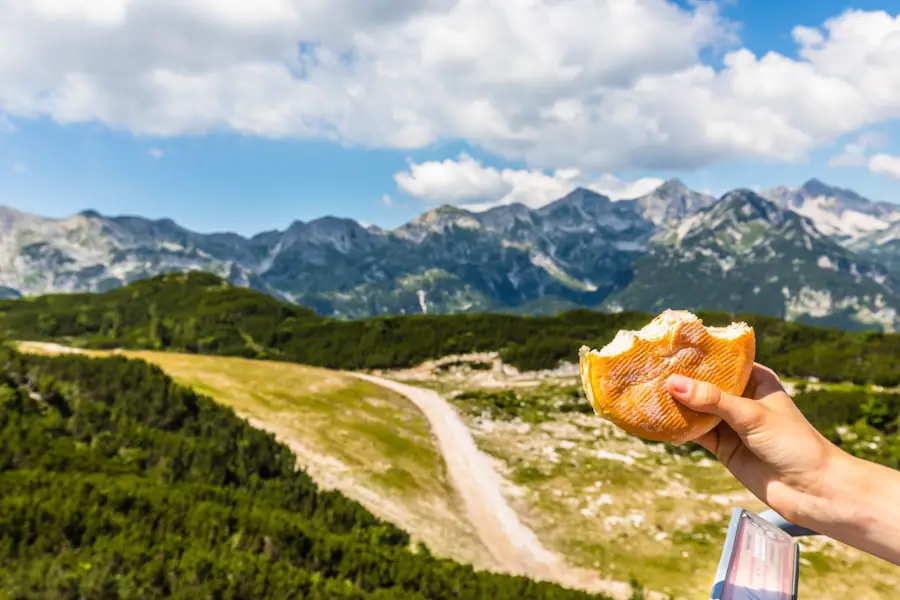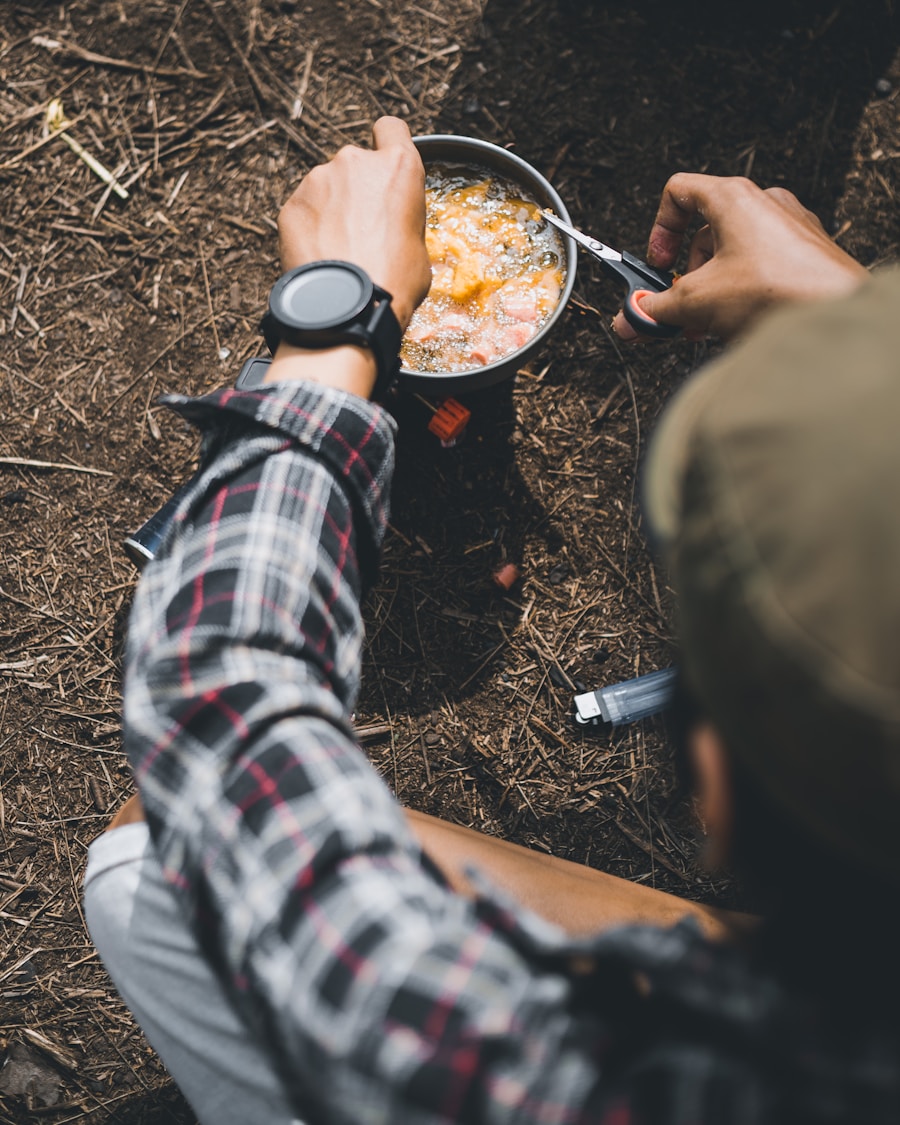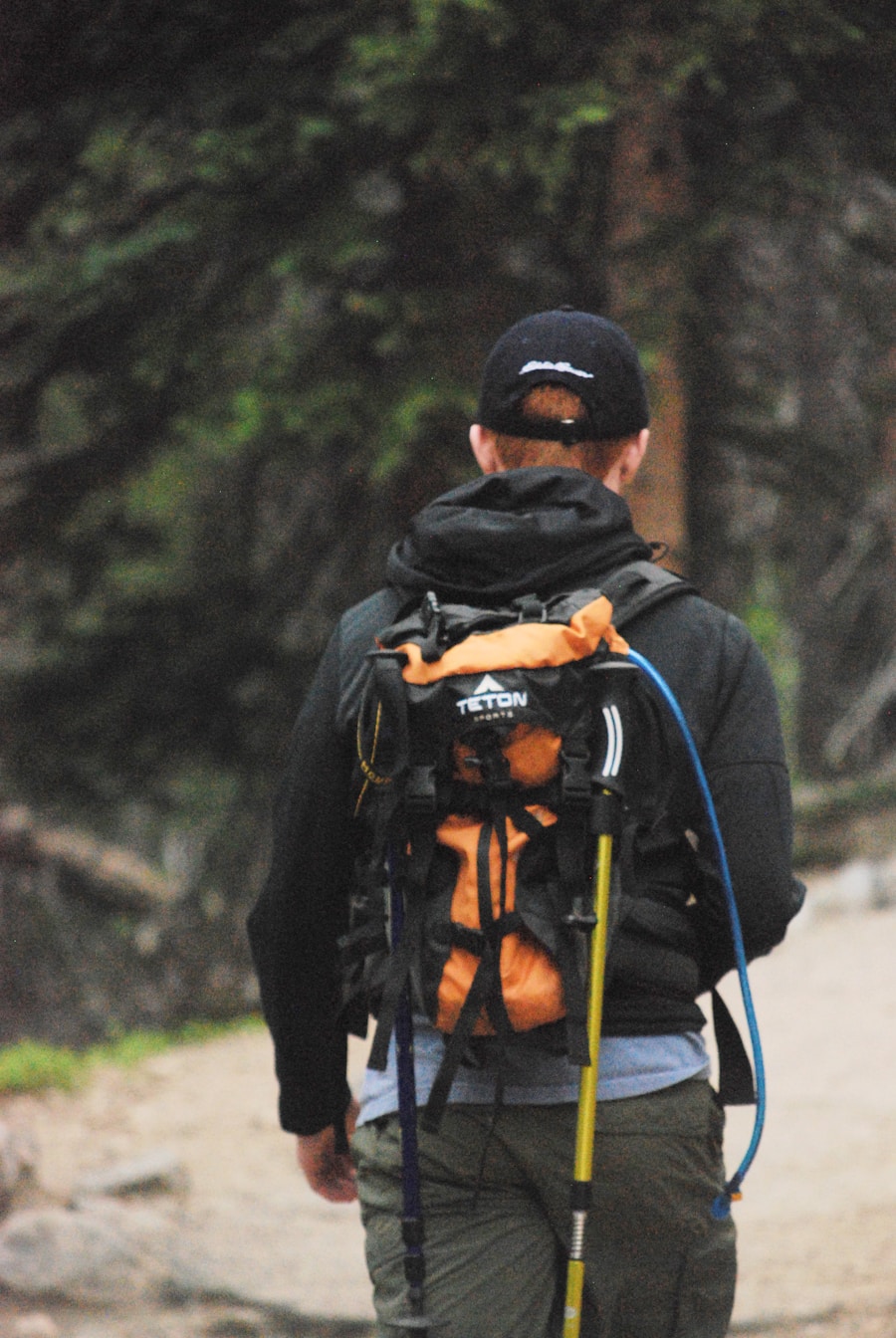Proper nutrition is a cornerstone of a successful hiking experience, influencing not only performance but also safety and enjoyment on the trail. When embarking on a hike, the body requires a balanced intake of macronutrients—carbohydrates, proteins, and fats—to sustain energy levels and support muscle function. Carbohydrates serve as the primary fuel source, particularly during high-intensity activities like climbing steep inclines or traversing rugged terrain.
Consuming adequate carbohydrates before and during a hike can help maintain blood sugar levels, stave off fatigue, and enhance endurance. Moreover, nutrition plays a critical role in recovery after a hike. The physical exertion involved in hiking can lead to muscle breakdown and depletion of glycogen stores.
Consuming the right nutrients post-hike aids in muscle repair and replenishes energy reserves. Proteins are essential for muscle recovery, while carbohydrates help restore glycogen levels. Additionally, vitamins and minerals found in fruits and vegetables support overall health and immune function, which is particularly important for hikers who may be exposed to the elements and physical stressors.
Key Takeaways
- Proper nutrition is essential for hiking to provide energy, endurance, and recovery.
- Trail snacks and meals should be easy to prepare, portable, and provide a balance of carbohydrates, protein, and healthy fats.
- Hydration and electrolyte balance are crucial for maintaining energy levels and preventing dehydration.
- Foods to avoid while hiking include heavy, greasy, and sugary items that can cause digestive discomfort and energy crashes.
- Portable and lightweight trail fuel options such as energy bars, nuts, and dried fruits are convenient for providing quick energy on the go.
Preparing Trail Snacks and Meals
When preparing trail snacks and meals, it is essential to focus on convenience, nutrition, and taste. The ideal trail food should be lightweight, non-perishable, and easy to pack. Many hikers opt for energy-dense foods that provide a high caloric value without adding excessive weight to their packs.
Nuts, seeds, and nut butters are excellent choices; they are rich in healthy fats and protein, making them perfect for sustained energy. For instance, a mix of almonds, walnuts, and dried cranberries can provide a satisfying crunch while delivering essential nutrients. In addition to nuts, granola bars or energy bars can be a practical option for quick snacks on the go.
However, it is crucial to select bars that are low in added sugars and high in whole ingredients. Homemade energy bars can be tailored to individual preferences and dietary needs, allowing hikers to control the ingredients. For example, combining oats, honey, peanut butter, and dark chocolate chips can create a delicious treat that fuels the body effectively.
Preparing meals ahead of time can also enhance the hiking experience; options like quinoa salad with vegetables or whole grain wraps filled with lean protein can be nutritious and easy to consume on the trail.
Hydration and Electrolyte Balance

Hydration is an often-overlooked aspect of hiking nutrition that can significantly impact performance and safety. The body loses water through sweat and respiration during physical activity, making it essential to replenish fluids regularly. Dehydration can lead to fatigue, dizziness, and impaired cognitive function, all of which can compromise a hiker’s ability to navigate trails safely.
It is recommended that hikers drink water consistently throughout their journey rather than waiting until they feel thirsty. In addition to water, maintaining electrolyte balance is crucial for optimal performance. Electrolytes such as sodium, potassium, magnesium, and calcium play vital roles in muscle function and hydration. When sweating profusely, especially in hot weather or during strenuous hikes, the body loses these essential minerals.
Consuming electrolyte-rich foods or drinks can help restore balance. Sports drinks or electrolyte tablets can be beneficial during long hikes; however, natural sources like coconut water or homemade electrolyte drinks made with water, lemon juice, and a pinch of salt can also be effective alternatives.
Foods to Avoid While Hiking
| Foods to Avoid While Hiking |
|---|
| Heavy, greasy foods |
| Sugary snacks |
| High-sodium foods |
| Dairy products |
| Spicy foods |
| Alcohol |
While planning meals and snacks for hiking, it is equally important to identify foods that should be avoided. Certain items can lead to digestive discomfort or energy crashes that hinder performance on the trail. For instance, foods high in refined sugars—such as candy bars or sugary snacks—can cause rapid spikes in blood sugar followed by crashes that leave hikers feeling lethargic.
Instead of providing sustained energy, these foods may lead to feelings of fatigue. Additionally, heavy or greasy foods should be avoided as they can slow digestion and lead to discomfort during physical activity. Foods like fried snacks or rich pastries may feel satisfying initially but can weigh down the body when exerting effort on the trail.
Similarly, high-fiber foods such as beans or cruciferous vegetables may cause bloating or gas during strenuous hikes; while they are healthy in general, they may not be suitable for consumption right before or during a hike.
Portable and Lightweight Trail Fuel Options
When it comes to trail fuel options, portability and weight are paramount considerations for hikers. Lightweight foods that pack a nutritional punch are ideal for long treks where every ounce counts. Dehydrated meals have gained popularity among backpackers due to their convenience; they require minimal preparation—often just adding hot water—and provide balanced nutrition in a compact form.
Brands specializing in outdoor meals offer a variety of options ranging from pasta dishes to hearty stews. Another excellent lightweight option is freeze-dried fruits and vegetables. These retain most of their nutrients while being easy to carry and consume on the go.
For example, freeze-dried strawberries can be added to oatmeal or eaten as a snack for a burst of flavor without the bulk of fresh fruit. Jerky—whether beef, turkey, or plant-based—also serves as an excellent source of protein that is both lightweight and shelf-stable. Its savory flavor makes it a popular choice among hikers looking for satisfying trail fuel.
Nutritional Needs for Different Types of Hikes

The nutritional needs of hikers can vary significantly based on the type of hike undertaken. For short day hikes that last only a few hours, the focus may be on quick snacks that provide immediate energy without requiring extensive planning. A combination of fruits like bananas or apples paired with nut butter can offer a quick boost without weighing down the pack.
Conversely, multi-day backpacking trips necessitate more careful planning regarding nutrition. Hikers must consider not only caloric intake but also macronutrient balance over several days. Meals should include complex carbohydrates for sustained energy release—such as whole grains—and adequate protein sources to support muscle recovery after long days on the trail.
Additionally, incorporating variety into meals helps prevent palate fatigue; rotating between different types of grains, proteins, and vegetables can keep meals interesting while ensuring comprehensive nutrient coverage.
Recipes for Homemade Trail Snacks
Creating homemade trail snacks allows hikers to customize their nutrition while ensuring they enjoy what they eat on the trail. One popular recipe is no-bake energy balls made from oats, nut butter, honey, and add-ins like chocolate chips or dried fruit. To prepare these energy balls, simply mix rolled oats with nut butter and honey until well combined; then fold in your choice of add-ins before rolling into bite-sized balls.
These snacks are not only easy to make but also provide a balanced mix of carbohydrates and protein. Another great option is homemade granola bars that can be tailored to individual tastes. Start with rolled oats as the base and add ingredients such as nuts, seeds, dried fruit, and a binding agent like honey or maple syrup.
Press the mixture into a baking dish and refrigerate until firm before cutting into bars. These granola bars are portable and provide sustained energy throughout the hike while allowing for creativity in flavor combinations.
Post-Hike Recovery Nutrition
Post-hike recovery nutrition is crucial for replenishing energy stores and repairing muscles after physical exertion. Consuming a meal or snack rich in carbohydrates and protein within 30 minutes after completing a hike can significantly enhance recovery outcomes. For example, a smoothie made with Greek yogurt, banana, spinach, and protein powder offers an excellent balance of nutrients that aids muscle repair while replenishing glycogen stores.
Additionally, hydration remains important even after the hike has concluded. Replenishing lost fluids with water or an electrolyte drink helps restore balance within the body. Including anti-inflammatory foods such as berries or leafy greens in post-hike meals can further support recovery by reducing muscle soreness and promoting overall health.
By prioritizing nutrition after hiking adventures, individuals can ensure they are ready for their next outdoor excursion with optimal energy levels and well-being.
When planning a hiking trip, it’s important to consider what food to bring along for sustenance. One helpful article to check out is “10 Best Travel Fishing Rods for Your Next Adventure” which offers insights on compact and portable fishing rods that can enhance your outdoor experience. Having a reliable fishing rod can also provide you with the opportunity to catch fresh fish to cook during your hike. So, before hitting the trails, make sure to pack nutritious snacks and meals that will keep you energized throughout your journey. Check out the article here.
FAQs
What are the best foods to eat when hiking?
Some of the best foods to eat when hiking include trail mix, nuts, dried fruits, energy bars, jerky, nut butter packets, and granola bars. These foods are lightweight, easy to pack, and provide a good balance of carbohydrates, protein, and fats.
How often should I eat when hiking?
It’s recommended to eat small meals or snacks every 2-3 hours when hiking. This will help maintain your energy levels and keep you fueled for the duration of your hike.
What should I drink when hiking?
Water is the most important thing to drink when hiking to stay hydrated. It’s also a good idea to bring electrolyte-replacement drinks or powders to replenish lost minerals from sweating.
Are there any foods to avoid when hiking?
Foods that are heavy, perishable, or require refrigeration should be avoided when hiking. These include items like fresh fruits and vegetables, dairy products, and heavy canned goods.
How can I pack food for a long hike?
When packing food for a long hike, it’s important to choose lightweight, non-perishable items that are easy to eat on the go. Consider portioning out snacks into resealable bags and using compact, stackable containers for items like sandwiches or wraps.
